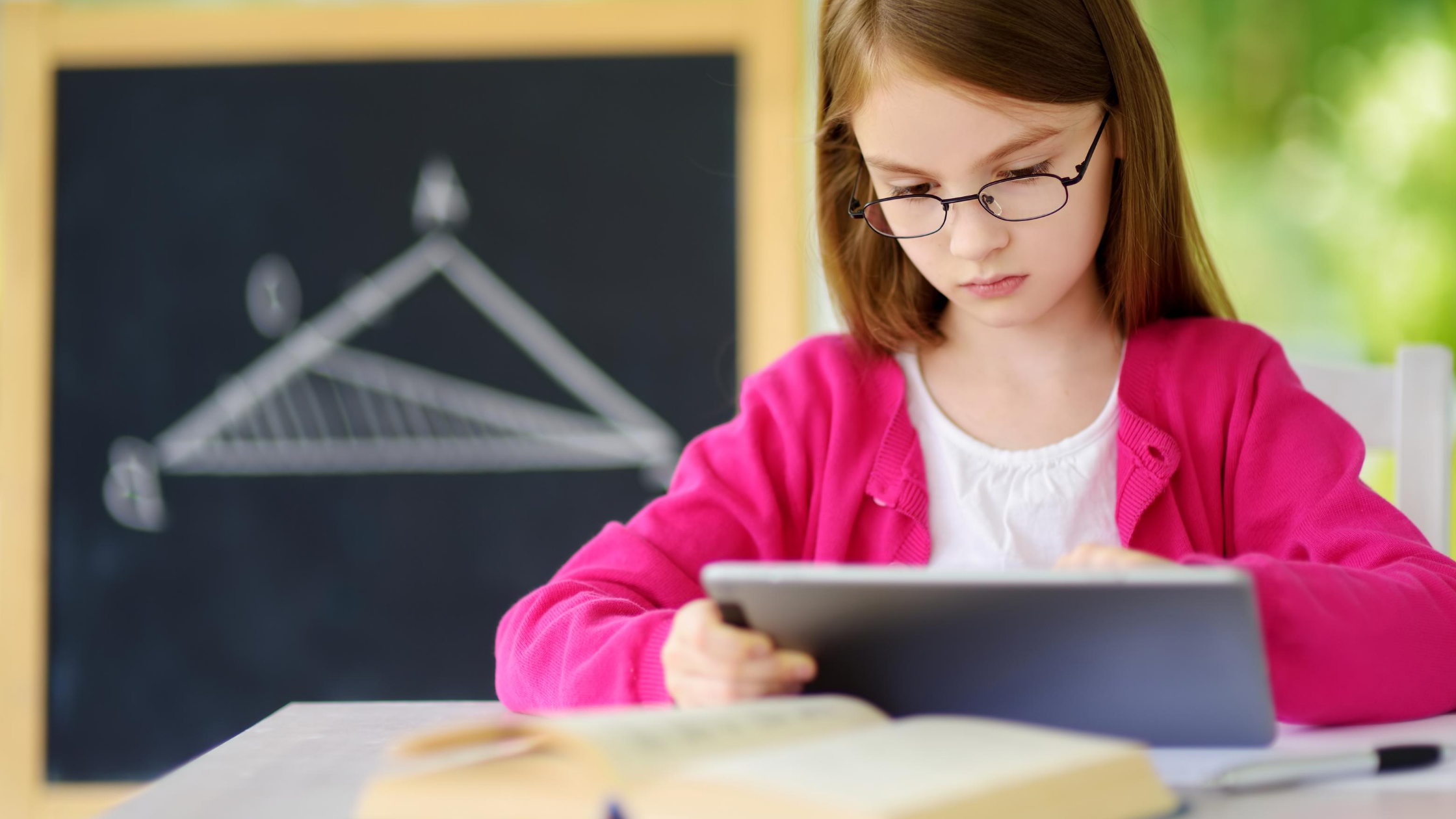| Due to online learning students will be spending a lot more time on their devices consequently, excessive screen time can damage their eyes. Dr. Bahareh Golbahar, an optometrist shared her helpful tips with LA Mommies about lessening children’s eye strain:
7 Tips for Reducing Eye Strain:
1. The screen should be as far away as possible. Arm’s length or beyond is a good general rule. The height of the screen should be at or slightly below eye level (not above).
2. Illumination of the screen should match that of the room. Meaning, they should not be sitting in a dark room with a bright screen or vice versa. Don’t have a lamp shining on the screen as it will glare back into the eyes.
3. The 20/20/20 rule: At least every 20 minutes, have your child look 20 feet away for at least 20 seconds. Our eyes need breaks and don’t do well with very extended periods of near viewing without a break. This is the most important tip.
4. Blink rate: our blink rate goes down automatically about 60% every time we are on a device. This wreaks havoc on our tears leading to burning, redness, etc. You have to remind your children to blink!
5. If your child wears glasses, they should have what is called an anti-glare or anti-reflective coat on the lenses. This cuts down on glare from the screen and provides considerable relief from eye strain. Newer generation anti-glare coats also offer a small amount of blue light protection.
6. If the device your child is on has an option to lower the blue light, I would do this. We know that too much blue light disrupts our sleep cycle.
7. Lastly, make sure your child has their annual eye exam (all of your children have mandatory vision insurance through their medical insurance whether you know it or not and the copay is minimal). If they are farsighted or have astigmatism and are not corrected for this, it will just add additional strain. For those of you who are nearsighted and worry about your kids becoming nearsighted from all the screen time, this is a valid fear. Make sure your child gets adequate outdoor time once school is done each day. Studies show that outdoor time is protective against a child becoming nearsighted.
|

